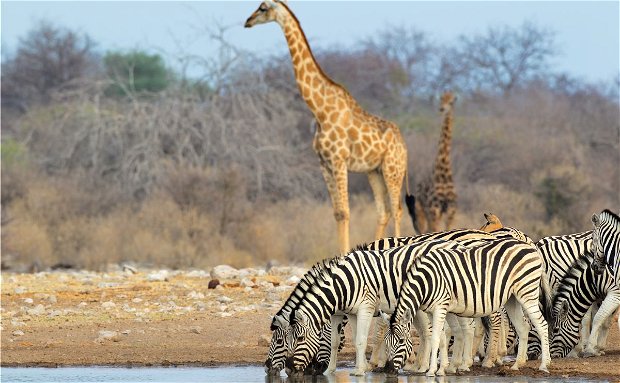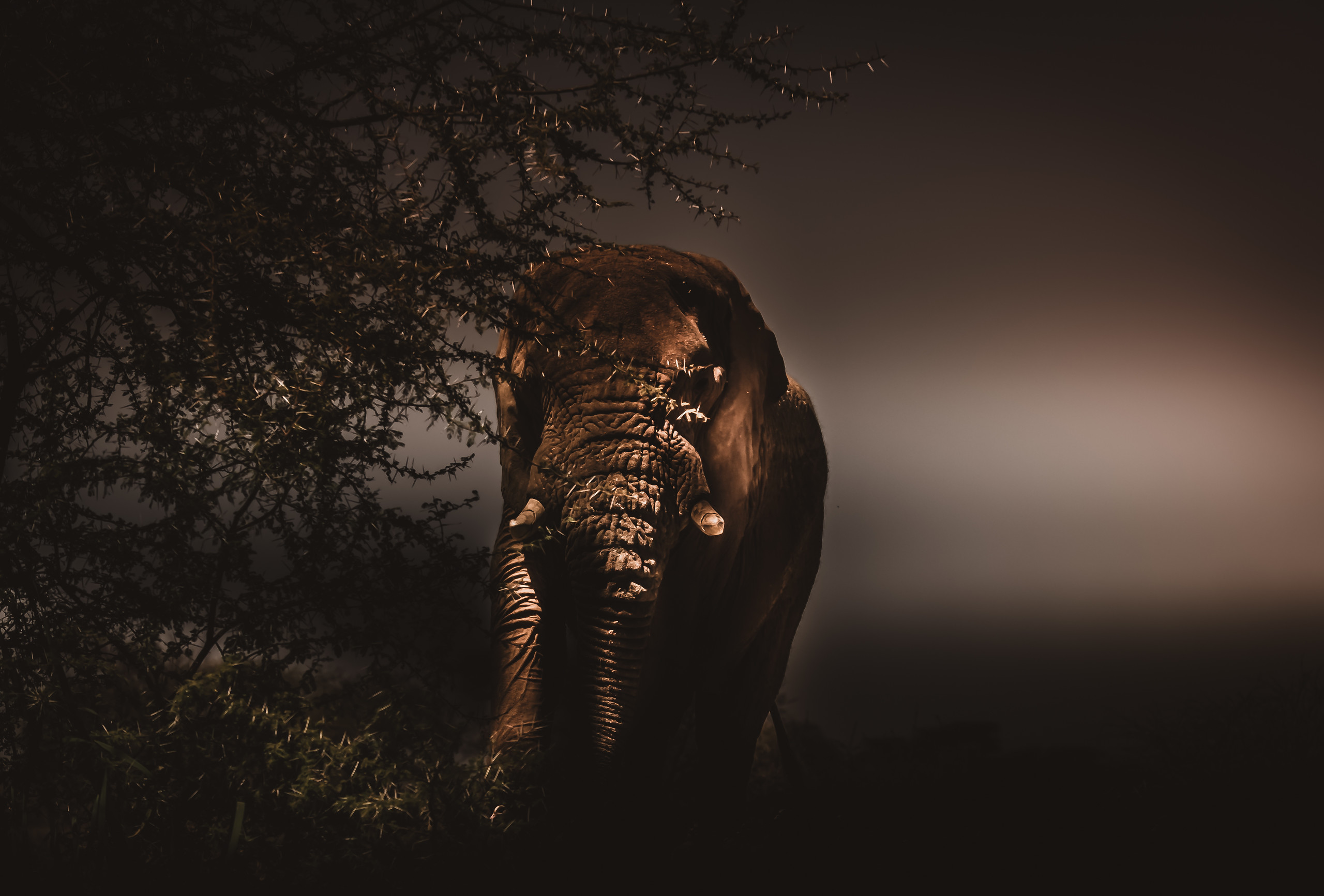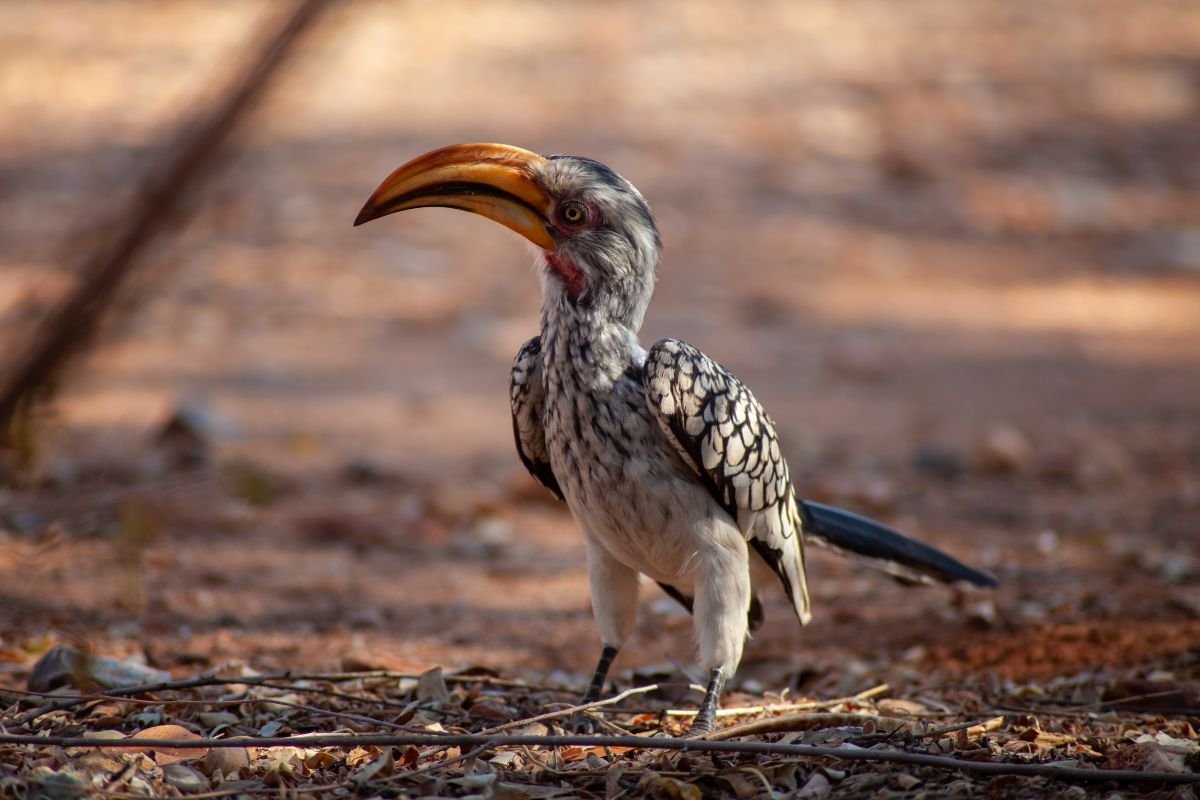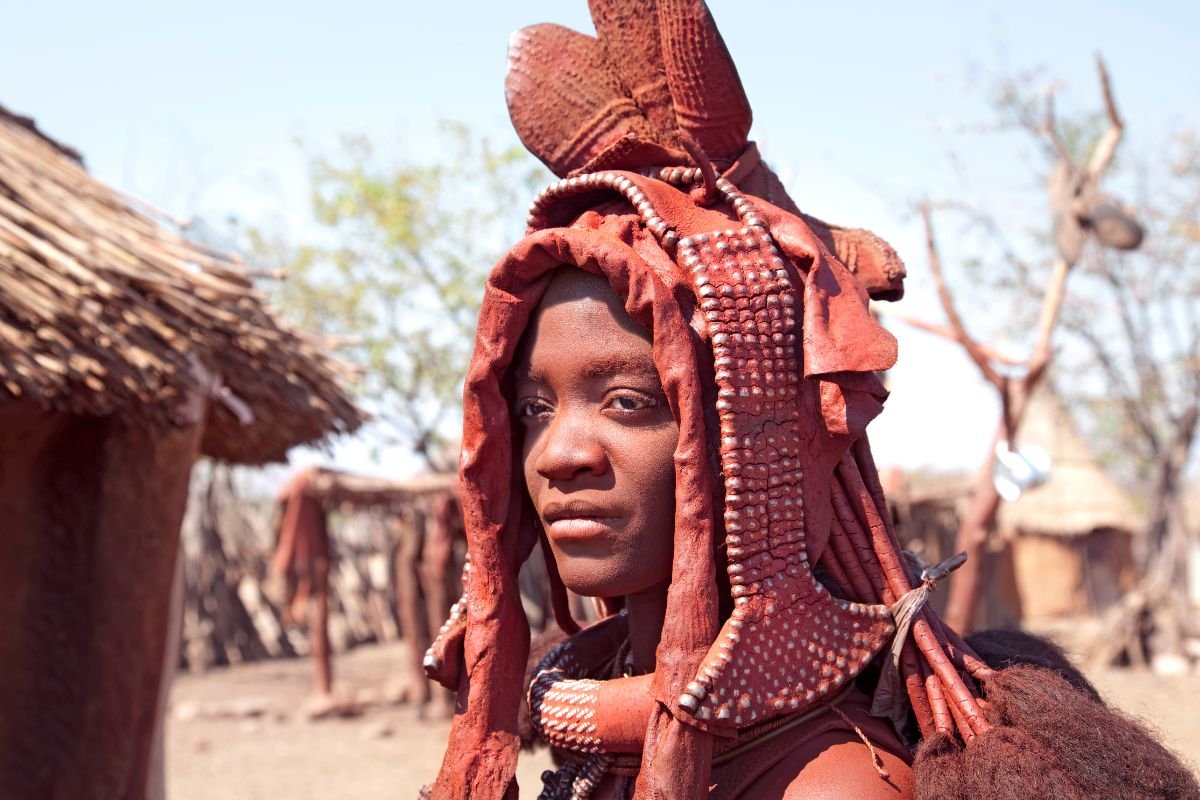Wildlife Wonderland: Discovering Namibia's Diverse Fauna in Etosha

Etosha National Park, located in northern Namibia, is a wildlife wonderland renowned for its diverse fauna and unique ecosystem. Spanning over 22,000 square kilometers, Etosha is home to a spectacular array of wildlife species, making it a prime destination for nature enthusiasts and safari adventurers alike.
In this article, we delve into the captivating world of Etosha's wildlife, exploring its iconic species, rich birdlife, unique habitats, conservation efforts, safari experiences, and the cultural significance of wildlife in Namibia's indigenous communities.
Etosha National Park Overview
Etosha National Park is one of Africa's premier wildlife reserves, characterized by its expansive salt pan, grassy plains, and diverse habitats ranging from woodlands to savannas. The park's centerpiece, the Etosha Pan, is a vast salt flat visible from space and a critical feature that shapes the park's ecology. Etosha is renowned for its high concentrations of wildlife, including large herds of elephants, lions, leopards, rhinos, and buffaloes, collectively known as the Big Five.

Big Five and Beyond: Iconic Wildlife of Etosha
The "Big Five" species are among the most sought-after sightings in Etosha. Elephants roam the park in family groups, often seen near waterholes during the dry season. Lions, particularly the famous black-maned males, dominate the savannas and grasslands, while elusive leopards hide in the thickets, showcasing their stealth and agility. White and black rhinos, protected within the park, offer rare glimpses of these endangered giants. Alongside the Big Five, Etosha is teeming with other wildlife, such as giraffes, zebras, hyenas, cheetahs, wildebeests, and a variety of antelope species including springboks, kudus, and gemsboks.
Birdlife in Etosha
Etosha National Park is a paradise for bird enthusiasts, boasting over 340 bird species, both resident and migratory. The Etosha Pan attracts a myriad of water birds during the wet season, including flamingos, pelicans, and various waders. Raptors such as eagles, vultures, and owls soar above the plains, while colorful species like lilac-breasted rollers and crimson-breasted shrikes adorn the trees. Bird-watching in Etosha offers a captivating glimpse into Namibia's avian diversity.

Wildlife Habitats and Ecosystems
Etosha's diverse habitats support its rich wildlife populations. The grassy plains provide grazing grounds for herbivores, while waterholes attract a constant procession of thirsty animals during the dry season. Woodlands and mopane forests offer shelter and foraging opportunities for predators and herbivores alike. The Etosha Pan itself, although seemingly barren, is a vital seasonal water source and breeding ground for flamingos and other water-dependent species.
Conservation Efforts and Challenges
Etosha National Park is dedicated to wildlife conservation, with ongoing efforts to protect endangered species and preserve habitats. Anti-poaching patrols, habitat management, and community engagement programs play key roles in conservation. However, the park faces challenges such as human-wildlife conflict, habitat degradation due to climate change, and the illegal wildlife trade. Balancing conservation with sustainable tourism is a critical focus for Etosha's long-term ecological health.
Safari Experiences in Etosha
Visitors to Etosha can embark on thrilling safari experiences, ranging from guided game drives to self-drive adventures. Experienced guides lead informative safaris, sharing insights into wildlife behavior and ecology. Night drives offer a chance to witness nocturnal creatures in action, from elusive predators to unique nocturnal birds. The best times for wildlife viewing in Etosha are during the dry season (May to October), when animals congregate around water sources, providing unparalleled opportunities for wildlife photography and observation.

Local Culture and Community Involvement
Wildlife holds cultural significance in Namibia's indigenous communities, reflecting a deep connection to the land and its inhabitants. Local tribes such as the Himba and the San have traditional knowledge of wildlife and conservation practices. Community-based tourism initiatives empower these communities and foster a greater appreciation for wildlife conservation among visitors. Sustainable tourism models that benefit local communities while preserving natural resources are essential for Etosha's future.
Tips for Visitors
For visitors planning a trip to Etosha National Park, it's essential to book accommodations and safaris well in advance, especially during peak seasons. Respect wildlife viewing guidelines and maintain a safe distance from animals for both your safety and theirs. Pack appropriate clothing for varying temperatures, as Etosha can be hot during the day and chilly at night. Carry binoculars, a camera, and a field guide for optimal wildlife viewing and identification.
Conclusion
Etosha National Park offers a captivating journey into Namibia's wildlife wonderland, where every turn reveals a new marvel of nature. From the majestic Big Five to the vibrant birdlife and diverse ecosystems, Etosha's allure lies in its untouched wilderness and timeless beauty. As we cherish and protect these natural treasures, let us embrace the wonder of Etosha and its role in preserving Africa's wildlife heritage for generations to come.

Share This Post